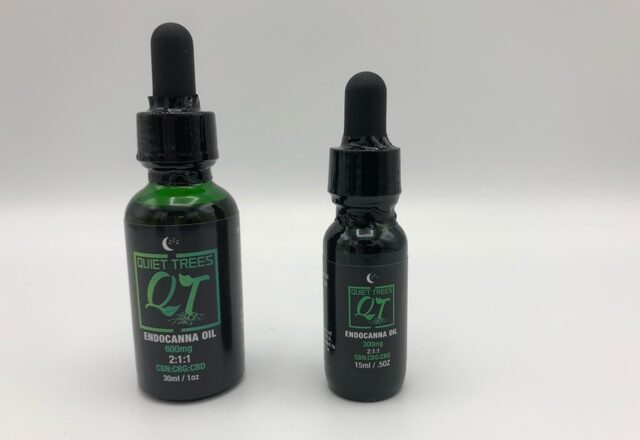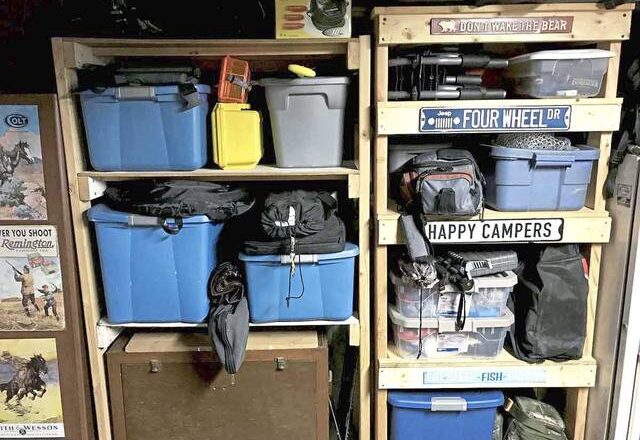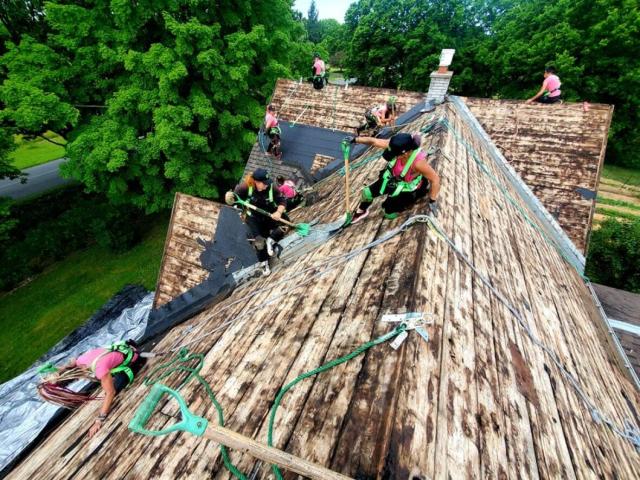Attic insulation plays an essential duty in home energy efficiency. In fact, the majority of building researchers concur that the attic should be the initial “target” location for insulation and air-sealing upgrades. Many homes are built with code-required minimum degrees of attic room insulation that are far below current recommendations established by the U.S. Dept. of Energy.
Property owners taking into consideration an attic room insulation upgrade have a number of various insulation materials to think about. Each attic shielding choice has distinctive advantages and constraints. Recognizing these advantages and disadvantages can assist you to select the best insulation upgrade for your attic room.
Fiberglass batts
Fiberglass batt insulation is preferred because it’s affordable and widely available. Regardless of age, lots of homes have actually attics insulated with fiberglass batts. The batts are commonly installed between attic floor joists, and unfaced batts are more usual than dealt with batts in attic installations.
PROS: Even more cost-effective than various other types of attic room insulation Best sort of insulation for DIYers to mount. Unlike blown insulation, batts can be raised and also transferred to give accessibility to the ceiling listed below, can lights as well as ceiling-mounted vent followers. Existing batt insulation can usually be left in place when blown insulation is added to raise the overall R-value in the attic.
CONS: Difficult to set up properly around blockages. Spaces, where insulation is missing out, contribute to substantial power loss. Numerous layers of batt insulation are called for to attain recommended R-values in many parts of the nation; this makes it difficult to utilize the attic for storage unless unique platforms are built prior to insulation installment. Fiberglass insulation can not quiet air movement.
Blown insulation.
2 primary types of blown (or blow-in) insulation are commonly used: cellulose as well as loose-fill fiberglass. Both kinds are developed to be mounted utilizing unique blowing tools.
PROS: Installment can be completed rapidly as well as affordably. Blown insulation usually causes even more complete insurance coverage than is feasible with fiberglass batts.
CONS: A thick layer of insulation (at the very least 16 in. for north parts of the united state) is needed, and also this makes it impossible to make use of the attic room for storage unless special platforms are built prior to installing the insulation. Cellulose, as well as loose-fill fiberglass insulation, can not quit air motion.
Spray foam
Professional spray foam insulation specialists normally protect an attic by using a thick layer of spray foam in between the rafters. Two sorts of foam are made use open-cell and closed-cell. Opinions vary as to which kind is best in an attic room installment, however, closed-cell spray foam is made use of much more regularly. For more information about roofing, contact a For more information about flashing, contact a roofing company near you.
PROS: Closed-cell spray foam provides the highest R-value per in. (regarding R-6) of any type of attic room insulation. It additionally creates an air and moisture obstacle, so it gets rid of the requirement for a separate air-sealing job. Shielding beneath the roof covering deck as opposed to on the attic room flooring frees up the attic room area for storage and also various other objectives. This approach additionally improves the performance of HVAC parts (like air trainers as well as ductwork) located in the attic room.
DISADVANTAGES: A lot of costly attic insulation. A thick layer of foam applied to the bottom of the roof sheathing can catch dampness and create the sheathing to rot.
Inflexible foam
Stiff foam hasn’t been utilized as thoroughly for attic room insulation up until the newest development. In one distinct system, a proprietary inflexible foam panel is fastened to the bottom of attic rafters, developing an air as well as a thermal barrier.
PROS: Offers all the benefits of spray foam, with the fringe benefit of keeping attic ventilation. The potential for roof sheathing wetness damages is eliminated. The inflexible foam is confronted with a radiant barrier that mirrors warm for extra power savings -one more benefit over spray foam.
DISADVANTAGES: The system is available in limited areas, so it’s not as commonly available as spray foam. Installation cost is greater than fiberglass batts and blown insulation but competitive with spray foam.




